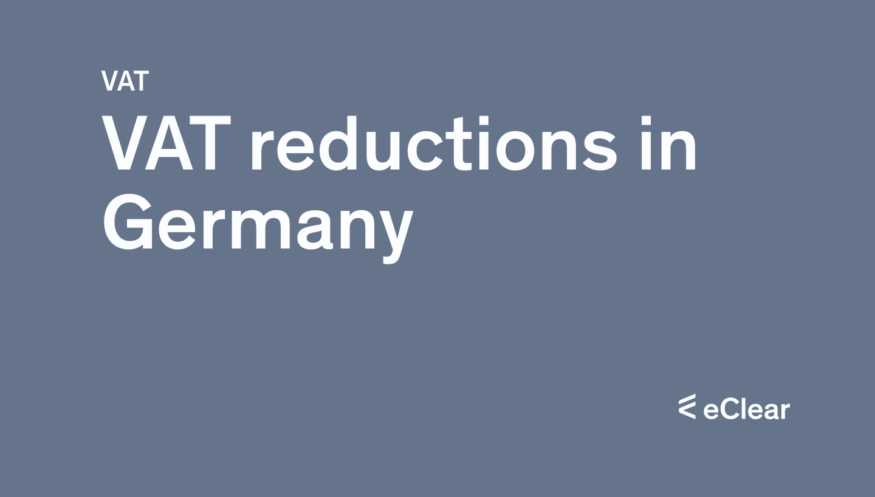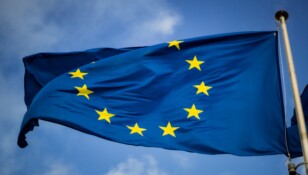Buying desire or saving frustration? The effects of the VAT reduction on consumption
When Berlin decided to reduce VAT from 19% to 16%, the German government had a clear goal: to get the German economy moving again amid the COVID-19 pandemic. This economic policy lever was intended to incentivise consumers to open their wallets and thus boost the crisis-ridden economy.
The hope was that the price reduction would encourage consumers to bring forward larger purchases or simply consume more goods and services. But this calculation only worked to a limited extent.
According to studies by the German Institute for Economic Research (DIW) and the Centre for European Economic Research (ZEW), only about 15% and 8% of respondents, respectively, said they had changed their consumption decisions as a result of the VAT cut. The majority of German consumers have kept their buying behaviour the same.
But why did the VAT reduction not have the expected effect? There are several possible explanations. One theory is that the reduction in VAT was simply not noticeable enough for many consumers. Perhaps because the information about it was not sufficiently communicated or because the real price savings were rather marginal, depending on individual consumption habits.
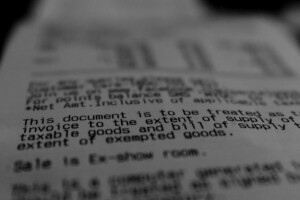
But the context of the pandemic may also have played a decisive role: In times of great uncertainty, people tend to save more instead of consuming. The reduction of VAT obviously could not compensate for this fundamental behaviour change.
The VAT cut, therefore, remains another example of how political measures are often only one wheel in the complex gears of the economy. Direct stimulus, infrastructure investment or wage tax cuts could be more effective in stimulating consumption in uncertain times. But there probably needs to be a perfect recipe for this – it remains a question of the right mix and timing.
Businesses between adaptation and uncertainty
In business, nothing is constant – except change. This mantra found a particular resonance during the pandemic and the subsequent fiscal policy decisions of the German government. The temporary VAT cut was part of a comprehensive package of measures to support the German economy during an unprecedented downturn. And while the goal was clear – stimulating consumer demand – businesses faced the challenge of passing on the benefits of the tax cut to consumers.
Some businesses, huge retailers and online platforms could pass the benefits of reduced VAT directly to customers, stabilising or even increasing their sales. This was a welcome boost in a climate characterised by uncertainty and caution. Unfortunately, however, many seasoned traders, even large ones, did not pass on the reduced tax rates.
But not all sectors and businesses benefited equally. Smaller companies, already struggling with the effects of the pandemic, often found it challenging to pass on the price benefits to customers, significantly when their costs in other areas increased. Others needed help with the logistics and administrative expenses of adapting their systems to VAT changes.
Moreover, the benefits of the measure were short-lived for many businesses. After the return to the regular VAT rate, many faced the challenge of passing the price increase on to customers without dampening their demand – another example of the complexity of business life in pandemic times.
So the temporary reduction in VAT has left different marks on the German business landscape. While it has supported the economy overall, the effects have varied greatly depending on company size and sector.
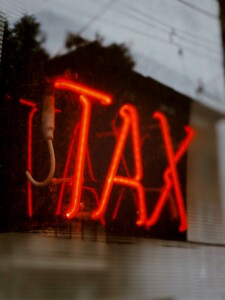
Are food prices in balance?
When strolling through the aisles of a supermarket, VAT does not play the main role in most consumers’ minds. But the German government’s decision to temporarily reduce VAT has put precisely this everyday act of shopping in the spotlight of economic policy.
The tax cut was expected to lead to lower prices for consumers and thus stimulate purchasing power and, ultimately, the entire economy. But has this measure reached the government office to the kitchen table?
An analysis by the Institute of the German Economy (IW) suggests that the effects have been mixed. While some supermarket chains passed the VAT cut on to customers, this was only sometimes the case for smaller retailers. The latter often faced rising costs in other areas, making reducing prices difficult.
In addition, consumers and businesses had to deal with the uncertainty brought about by the temporary nature of the measure. The return to regular VAT at the beginning of 2021 meant a sudden increase in food prices for many consumers, partially cancelling the previous relief.
The reduction in VAT was a well-intentioned measure introduced during unusual economic turmoil. It has brought some benefits to consumers, but not to the extent that some expected.

Public finances and the shadows of the VAT cut
The decision to cut VAT after the pandemic was hailed as a move to support the economy during great uncertainty. But almost three years later, the question of what impact this decision has had on public finances seems just as relevant as how it has touched consumers’ pockets.
According to the Federal Ministry of Finance report, the temporary VAT cut has burdened the national budget by an estimated 20 billion euros. This amount could otherwise have been used to finance public services, infrastructure projects and other important expenditures.
It was a bet that the stimulative effect on consumption would offset these costs and lead to a faster recovery of the economy. But the reality is that the impact has been mixed, and the tax cut has yet to contribute to economic stimulation to the extent initially hoped.
In addition, the decision to cut VAT has to be seen against rising inflation rates, which have put an additional strain on public finances. Inflation has reduced money’s value and increased public debt’s cost. The VAT cut further exacerbated these developments by contributing to increased demand and, thus, price increases.
The decision to cut VAT was unprecedented in an even more unprecedented time. But the lessons we draw from this decision are more important than ever: whether and to what extent this reduction was a stimulus. Furthermore, the sustainability of such measures and their long-term effects must be critically analysed!
It remains to be seen how politicians will react to similar challenges. But one thing is sure: the effects of this decision will be with us for a long time.
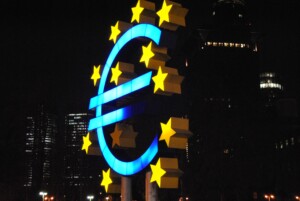
Conclusion and look to the future
The reduction of VAT has produced a mixed response in Germany. Consumers benefited from slightly reduced prices, businesses were saddled with additional administrative burdens, and public coffers had to endure an unprecedented commitment. Nevertheless, the measure was a pillar of economic support during an unprecedented crisis. It could serve as a template for future tax reforms, albeit under different auspices.
Policymakers need to thoroughly examine the implications of this measure to draw the correct conclusions for future action. They should consider the direct effects on prices and tax revenues and the indirect impact on the economy, social justice and environmental concerns.
In a world increasingly characterised by social and environmental challenges, the tax system should help to promote a sustainable and equitable economy. VAT can be an effective tool to achieve this goal, provided it is applied wisely and fairly …
